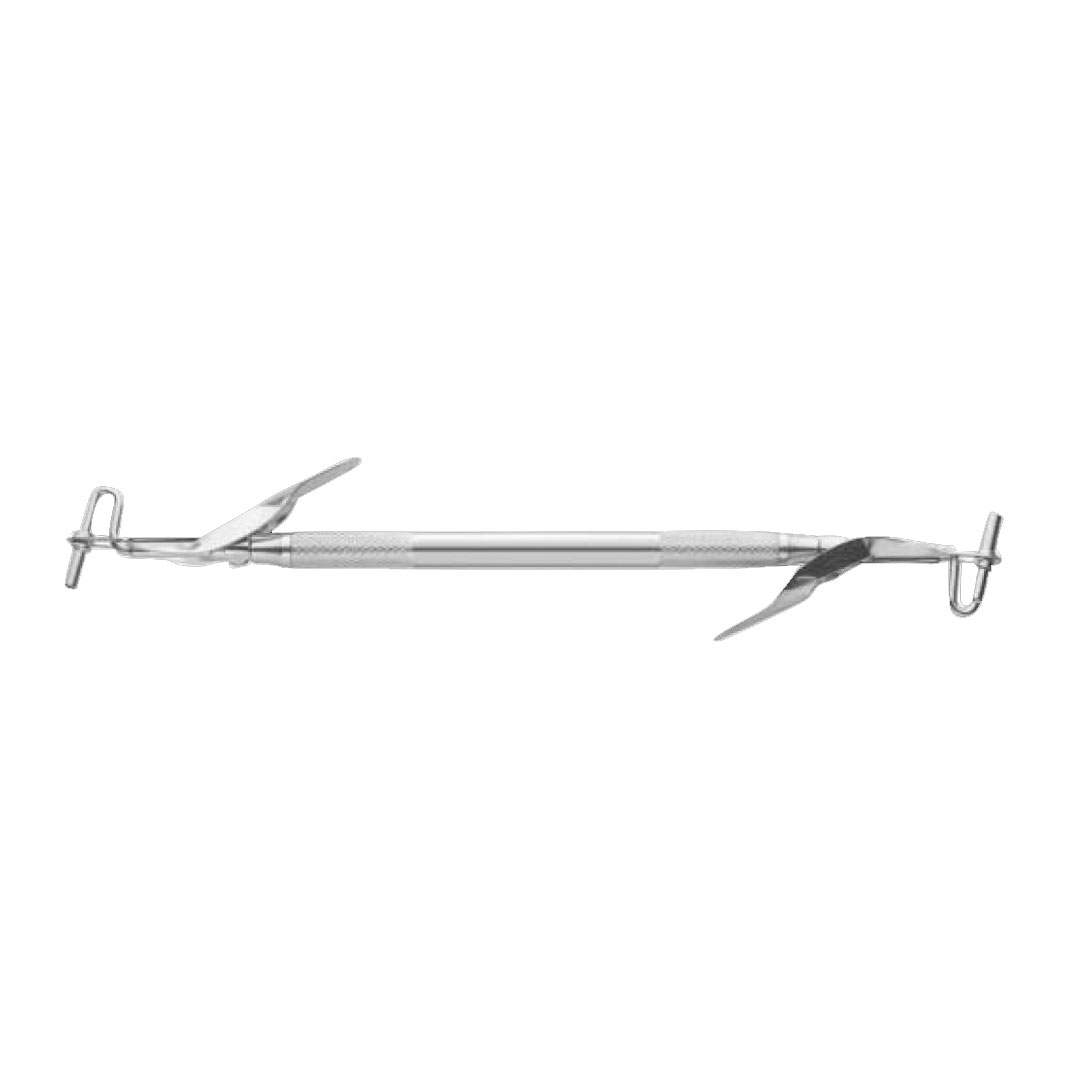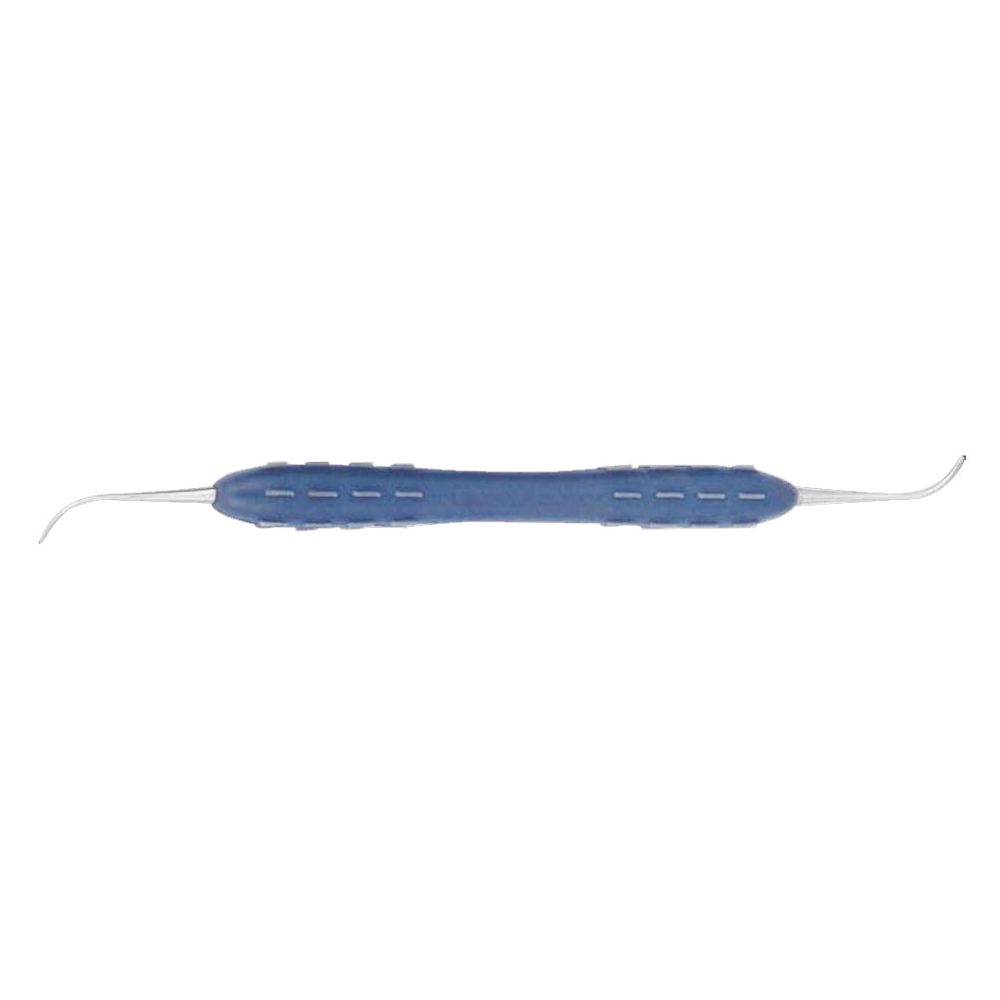Description
- Double-end tips with sizes ranging from 2.0 mm to 2.8 mm are commonly used in various dental and medical instruments. These tips can be found on tools like scalers, probes, and other diagnostic or treatment instruments.
Key Aspects:
- Size Range:
- 2.0 mm to 2.8 mm: The size refers to the diameter or width of each tip. This range indicates tips that are relatively small and precise, suitable for detailed work in narrow or fine areas.
- Double-End Design:
- Dual Functionality: These tips usually feature two different ends, each designed for specific tasks. For example, one end might have a pointed tip for probing, while the other end might have a flat or rounded tip for scaling or scraping.
- Versatility: Having two different tips on a single instrument allows for versatility and convenience in clinical procedures.
Common Applications:
- Dental Scalers:
- Plaque Removal: Used for removing plaque and calculus from teeth.
- Subgingival Scaling: Effective for deep cleaning beneath the gum line.
- Diagnostic Probes:
- Cavity Detection: Used for probing and detecting dental cavities or irregularities.
- Periodontal Probing: Assessing gum health and measuring pocket depths.
- Surgical Instruments:
- Precision Work: For delicate tasks requiring fine control and accuracy.
Choosing the Right Size:
- Procedure Type: Select the tip size based on the procedure. Smaller tips (closer to 2.0 mm) are often used for detailed, precision work, while slightly larger tips (closer to 2.8 mm) might be used for broader areas or tasks requiring more contact.
- Comfort and Ergonomics: Ensure that the tip size and shape are comfortable for the user and suitable for the intended clinical application.
- Material and Design: The tips are usually made from high-grade stainless steel or other durable materials that can be sterilized and used repeatedly. Make sure the material is appropriate for the procedures you perform.
- Size Range:











